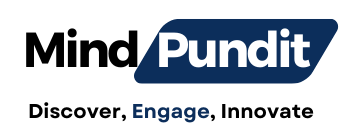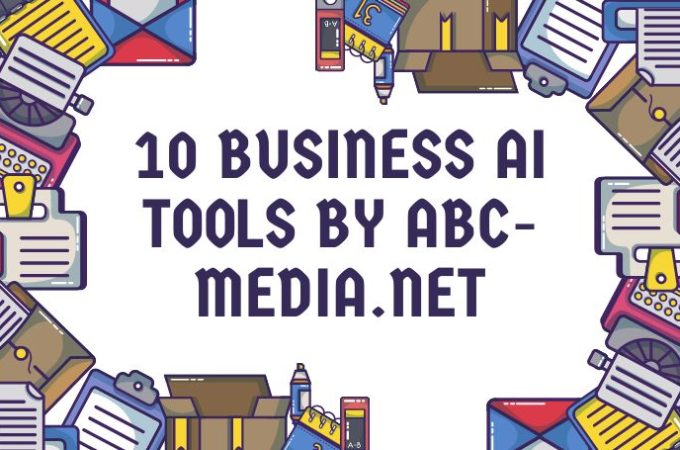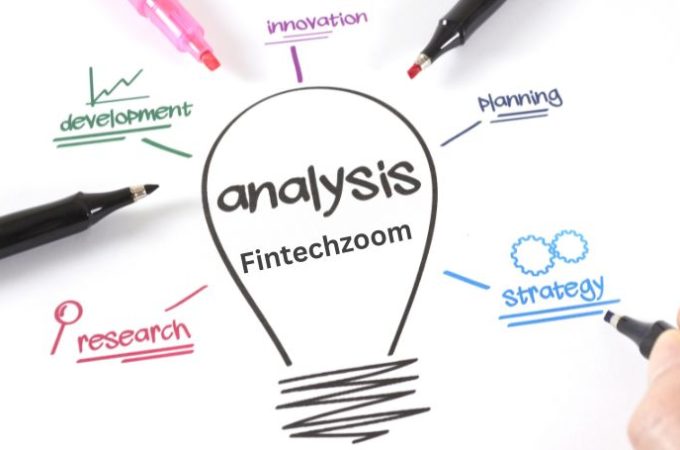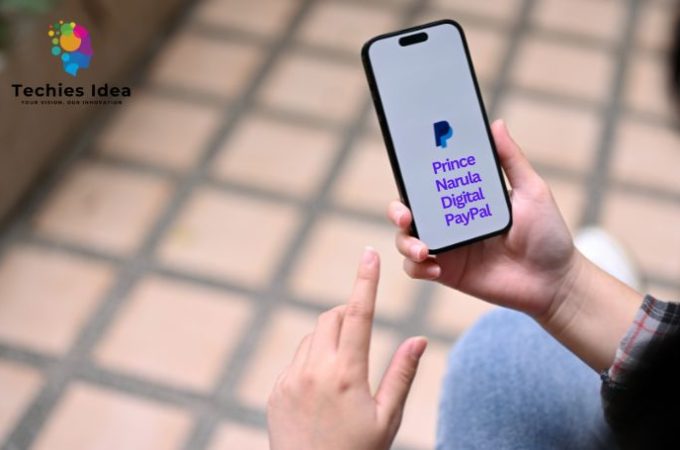
Building Resilience, Sustainability, and AI-powered Growth
Most businesses continue to prioritize digital transformation in the wake of huge technological changes. However, the objectives have shifted significantly.
Efficiency gains take lower priority over building supply chain resilience, accelerating sustainability through green IT, and harnessing AI’s exponential potential to drive more inclusive growth.
The companies that will lead their industries three years from now anchor innovation around these areas while optimizing costs.
They view disruption as an opportunity to emerge stronger instead of a threat.
Here are the digital transformation spotlights dominating 2024 planning today across sectors:
Boosting Supply Chain Resilience
Recent global disruptions pulled back the curtain on the risks of over-optimized yet fragile supply chains.
Going forward resilience and flexibility become competitive advantages:
- Diversified Sourcing – Qualify multiple suppliers across regions to enable rapid failover during local disruptions
- Geo-Distributed Models – Maintain inventory at local distribution centers closer to demand hubs for regionalization
- Supply Visibility – Leverage IoT sensors across transport routes for real-time shipment tracking
- Simulation Modeling – Stress test network models against worst-case scenarios to uncover weak points
The most resilient supply chains mitigate volatility through redundancy, transparency, and predictive modeling.
Accelerating Sustainability Initiatives
With the acceleration of climate change, enterprises must ratchet up their focus on sustainability by implementing more eco-friendly “green” IT infrastructure and greener operations overall:
- Renewable Energy – Insource wind, solar, or other renewable power sources to run data centers and facilities. This reduces the overall environmental footprint through clean energy.
- Circular Hardware – Launch closed-loop recycling initiatives that reuse e-waste materials from old hardware and repurpose them into new IT equipment manufacturing. This “upcycles” devices at end-of-life.
- Workforce Engagement – Launch internal innovation challenges and hackathons focused on reducing company emissions, waste production, and environmental impact. This mobilizes staff at all levels to deliver sustainability ideas.
- Product Eco-Labeling – Quantify and publish product carbon footprint metrics for total lifecycle emissions from raw materials through disposal/recycling. This educated consumers to make environmentally friendly buying choices.
With tighter regulation on the horizon along with purpose-driven customers and vocal employees/investors mandating action, enterprises must deliver urgent, measurable movement on environmental sustainability through both green IT and sustainable business practices.
Find here : Webmail earthlink net login and password guide
Unlocking AI Potential Responsibly
Implementing emerging technologies like artificial intelligence (AI) introduces fantastic opportunities to augment human capabilities and power business growth.
However, it also raises reasonable ethical concerns regarding transparency, bias, and job impacts that responsible adoption must address upfront, not as an afterthought.
- Explainable AI – Prioritize techniques like linear regression that apply straightforward statistical rules over black-box neural networks delivering results through complex, hidden layer calculations.
The simpler the model, the easier it gets to understand why AI arrived at a given decision or recommendation. This makes them more transparent versus opaque complex models.
- Human-Centred AI – Set clear guardrails around acceptable AI boundaries and usage through inclusive policies that address employee apprehensions and gather feedback.
By co-developing governance with staff across roles, eases adoption fears through a human lens.
- Continuous Training – Prevent skill redundancy by perpetual reskilling of workers alongside AI augmentation.
This closes persistent skills gaps through constant learning that allows human talents to complement intelligent automation versus competing with it.
By leveraging digital transformation services, organizations can future-proof their operations and stay ahead of the curve.
The most successful companies thoughtfully implement AI-fueled innovation through early-stage co-creation with stakeholders that builds trust and addresses ethical dilemmas upfront, not as an afterthought.
Securing the Distributed Workforce
The rapid shift to hybrid remote work exposed serious IT security gaps as employees access company data and applications from home networks.
Prioritize upgrades to secure the distributed workforce:
- Zero Trust Security – Don’t automatically trust users or devices. Instead, verify identity and validate access attempts on a case-by-case basis based on context like device, location, etc.
- Multifactor Authentication – Require employees to enter a randomly generated access code from their smartphone to log in along with a username/password to add another credential layer.
- Endpoint Detection & Response – Install advanced cybersecurity software on all employee devices that track activity to identify and isolate threats.
- Security Awareness Training – Require all employees to complete updated cybersecurity and compliance courses frequently to spot sophisticated social engineering and phishing attempts targeting remote staff.
Narrowing the digital divide
While some people saw increased connectivity during the pandemic, others battled with limited or no access to affordable broadband, widening the digital divide.
Now more companies look to help close the gap through initiatives like:
- Community Hotspots – Build free public wireless access points in underserved neighborhoods to connect those without home broadband, especially students.
- Subsidized Services – Negotiate discounted internet packages with providers for income-eligible households unable to afford contracts.
- Device Donations – Hand down upgraded corporate laptops, smartphones, and tablets to local non-profits supporting skills training and job placement for disconnected populations.
The collective effort of private and public sector collaboration can significantly narrow the digital divide through inclusive connectivity.
Boosting Data Literacy
While companies raced to become data-driven in their decision-making, data literacy across the broader workforce needed to catch up.
Prioritize training programs to close this skills gap:
- Data Fundamentals – Offer foundational e-learning modules explaining data concepts like sampling, variables, analytics modeling, statistical significance, and margin of error.
- Data Tools Exposure – Provide hands-on workshops for common business intelligence, visualization, and database query tools to demystify their application.
- Data Ethics Training – Cover responsible data privacy, transparent AI, and eliminating bias through examples relevant to your industry to underscore why this matters day-to-day.
Widespread data literacy unlocks innovation by empowering more employees to effectively find, analyze, and apply insights living in company information systems.
Optimizing for the Experience Economy and Automating Manual Processes
Customer experience now makes or breaks even the most data-driven yet impersonal digital initiatives. Bring back the human touch:
- Journey Mapping – Catalog high-priority user workflows end-to-end to uncover pain points or gaps needing smoother navigation, messaging, or micro-resolutions.
- User Testing – Gather regular qualitative feedback from customers using think-aloud interviews and observation sessions to understand areas for simplification or personalization.
- Empathy Training – Reinforce emotional intelligence and active listening skills for customer-facing teams through role-playing, scenario evaluations, and coaching.
Many companies still rely on tedious, error-prone manual workflows that drain productivity. Prioritize automating these repetitive processes using low-code platforms:
- Document Workflows – Streamline onboarding, approvals, audits, and other processes involving forms, file transfers, email notifications, and task assignments with simple rules-based automation.
- Data Entry Tasks – Eliminate rekeying data from one system to another by automated syncing and integration between core platforms like CRM, ERP, and accounting.
- Reporting Builds – Automate report generation from databases and surface real-time dashboard views versus static month-end reports.
Low-code automation frees up overburdened teams from mundane tasks so they can focus on high-value business priorities.
Cultivating Organizational Agility
The pandemic rapidly changed business conditions, underscoring the need for greater adaptability. Transform rigid hierarchies into flexible networks:
- Cross-Functional Teams – Assemble diverse squads combining different expertise to quickly deliver solutions. Disband when the project is complete.
- Fluid Structures – Overhaul top-down org charts with open horizontal collaboration encouraging initiative at all levels.
- Rapid Experimentation – Champion lean startup-style validated learning through iterative piloting and customer feedback versus long development cycles.
Empowered teams thrive better in fluid organizations focused on quickly testing and refining new ideas versus getting stuck in “analysis paralysis.”
Simplifying Supplier Collaboration
Complex legacy supply chain systems and manual procurement workflows led to pandemic-fueled disruptions. Prioritize upgrades like:
- Supplier Portals – Provide real-time visibility into inventory levels, production capacity, and shipment tracking via self-service digital dashboards.
- E-Invoicing – Transition from paper to standardized electronic invoices, automating 3-way match approvals and settlement.
- Contract Lifecycle Management – Centralize supplier contract authoring, redlining, compliance checks, and renewals for consistency and proactive renegotiation.
Modern digital platforms streamline engagements across the expanding supply ecosystem for greater resilience.
What legacy process at your company most needs automation going into 2024? Or what part of your organizational structure could benefit from greater agility to drive faster innovation? Please share your thoughts below!
I’m Kishan Rana, an IT engineer and avid technology enthusiast. Blogging is my passion and I love to write about technological wonders. Being an SEO professional with around 8 years of experience with good leads I provide SEO services to top-level companies around the globe.





